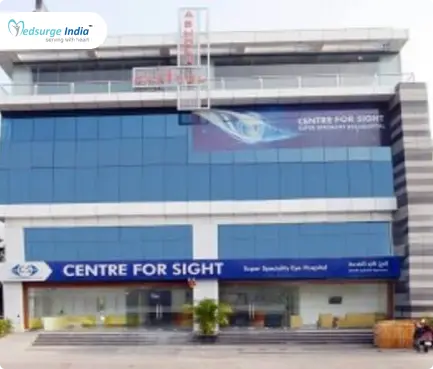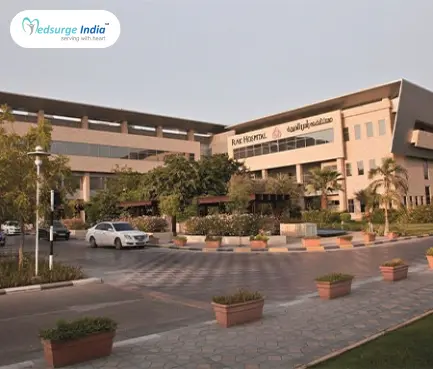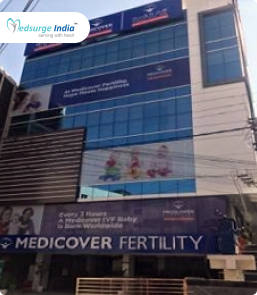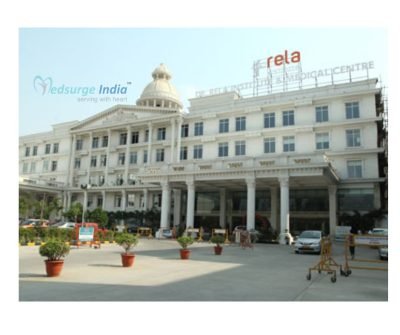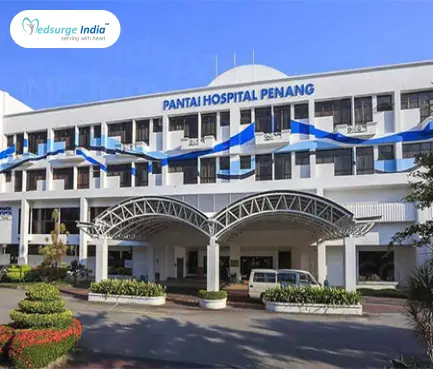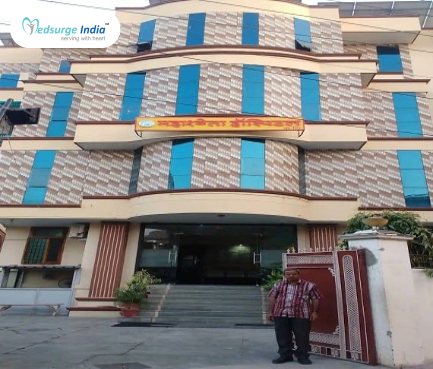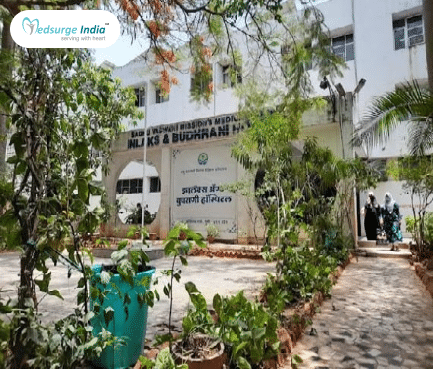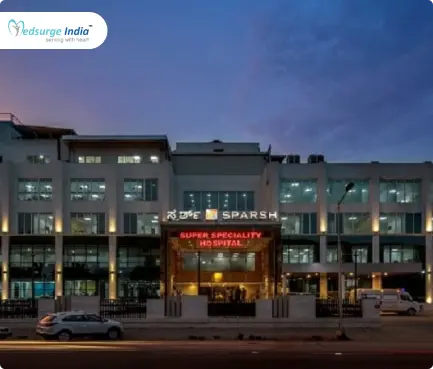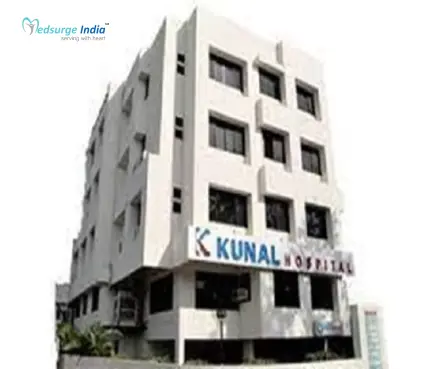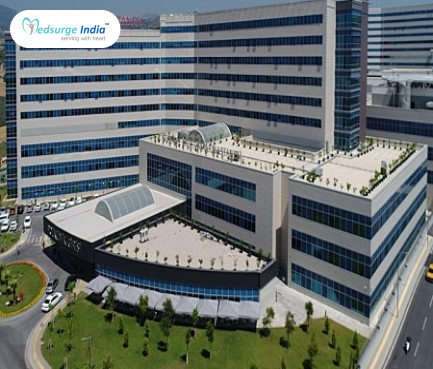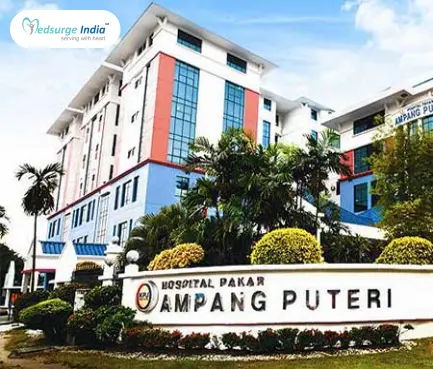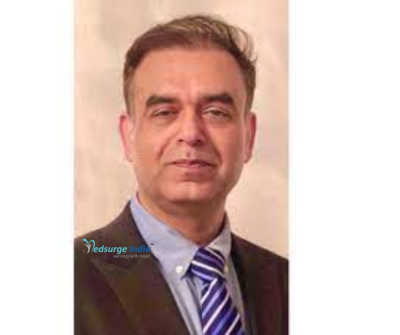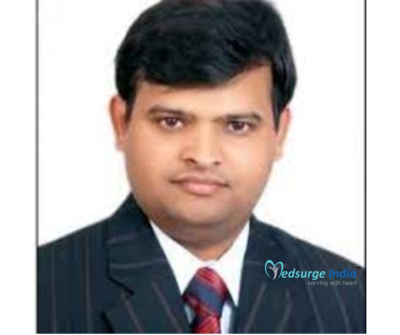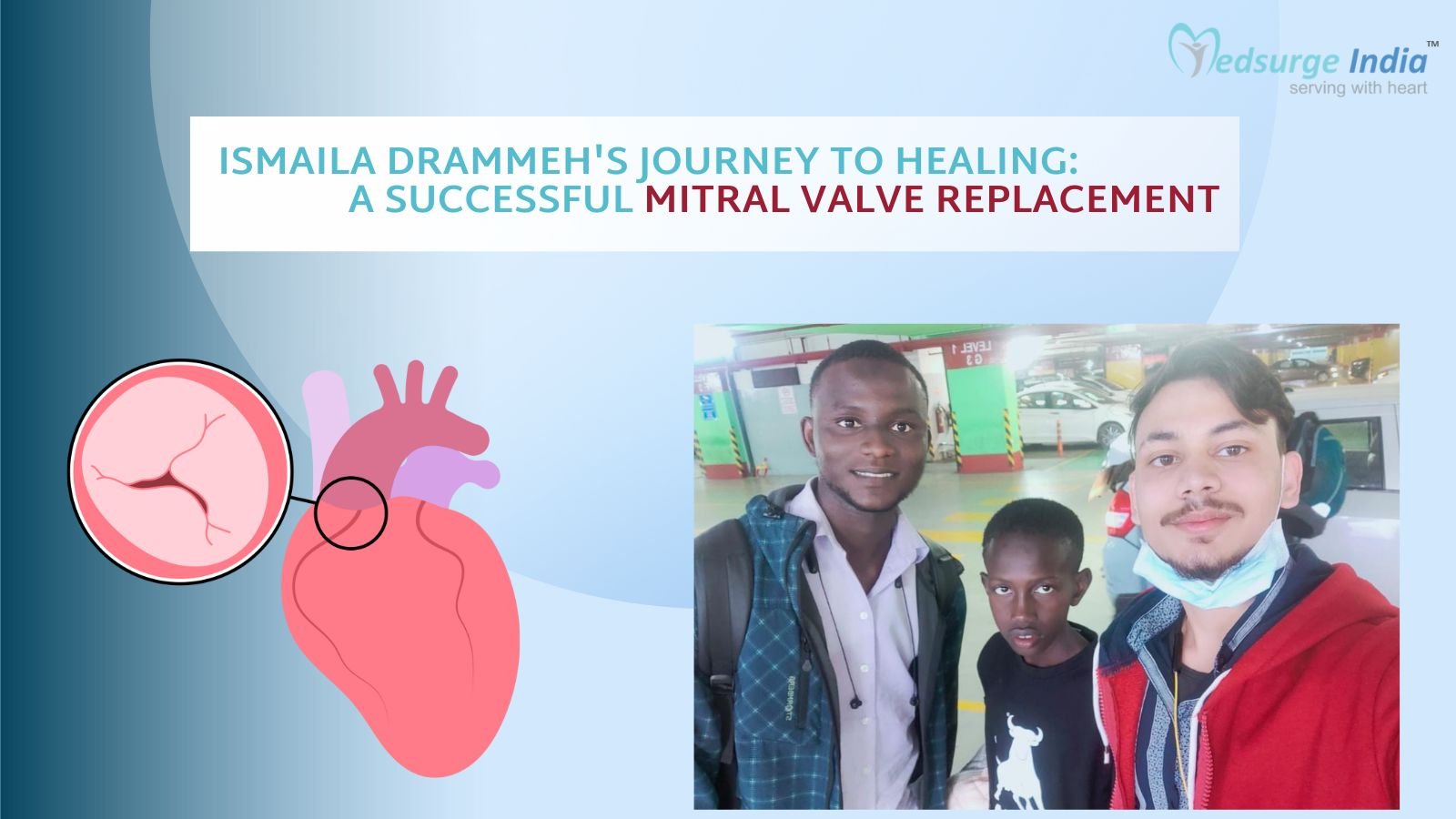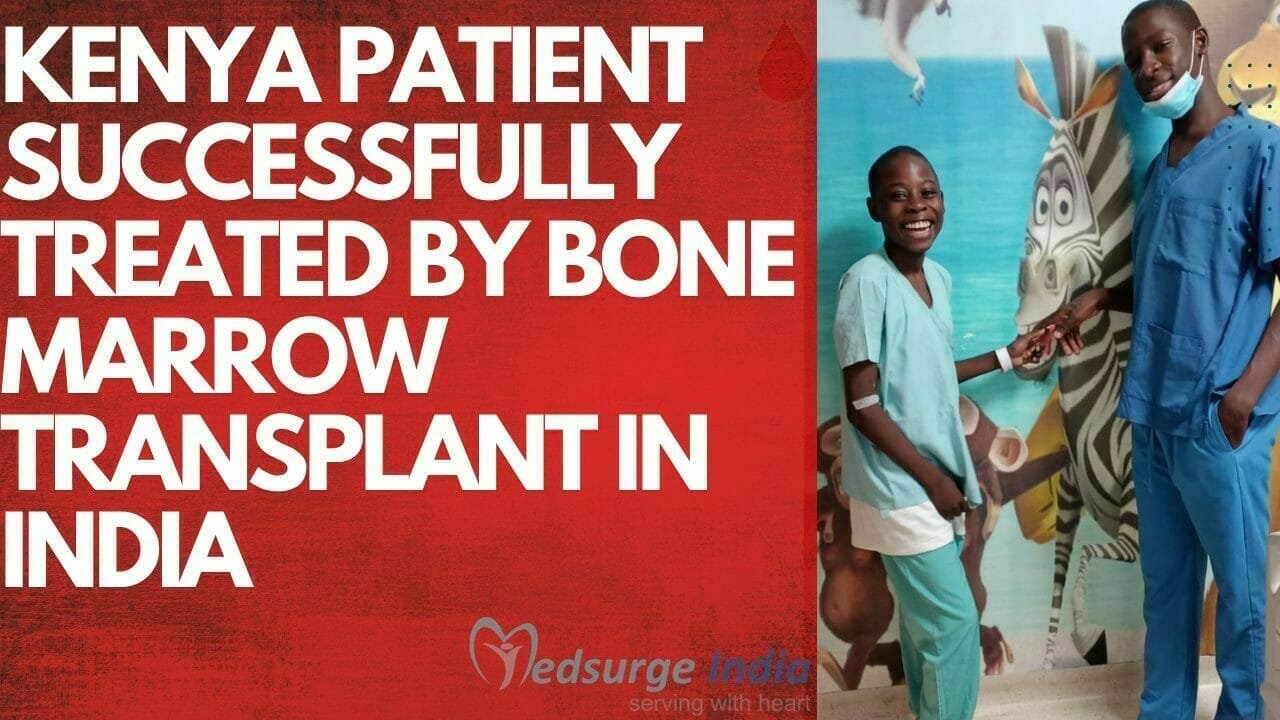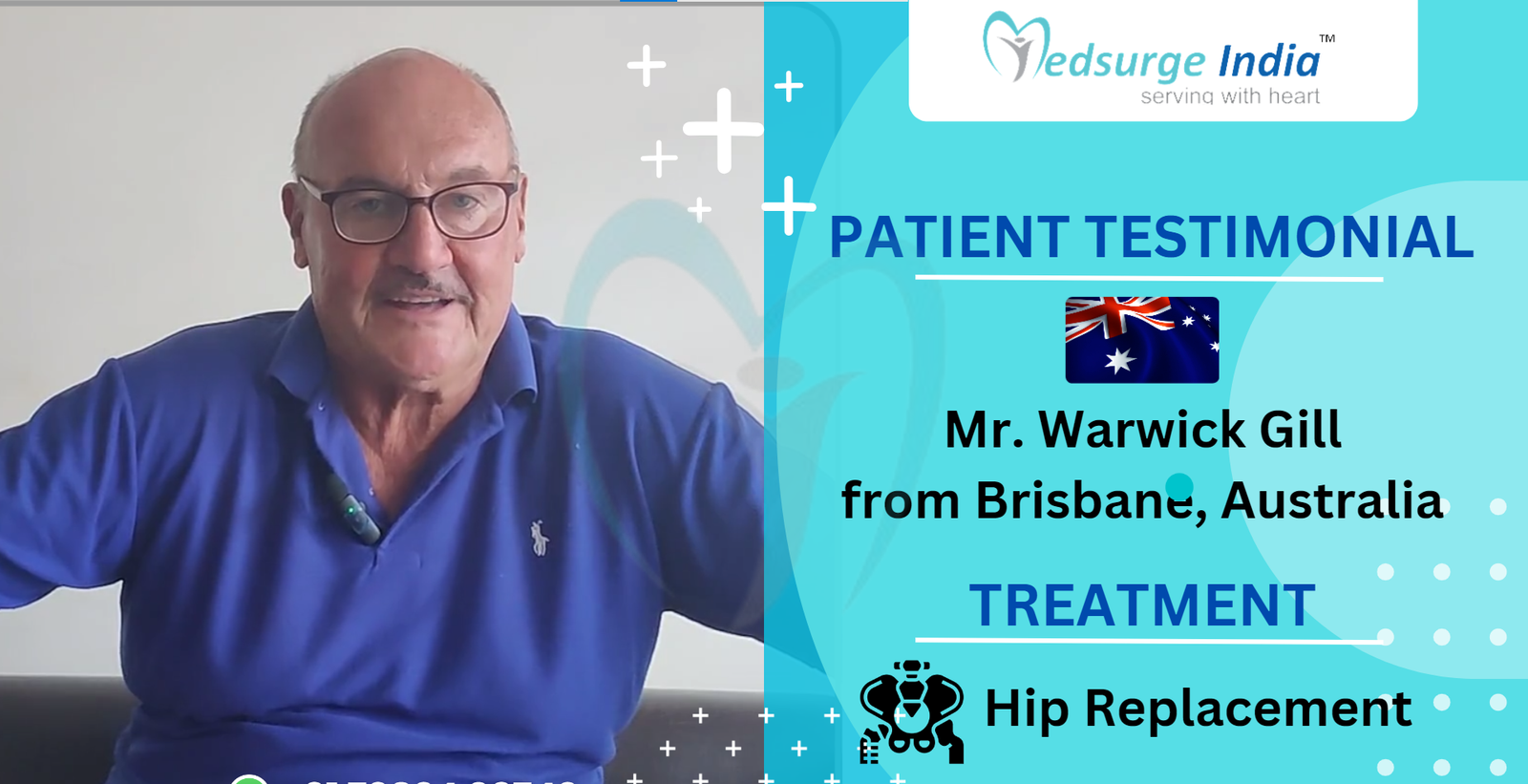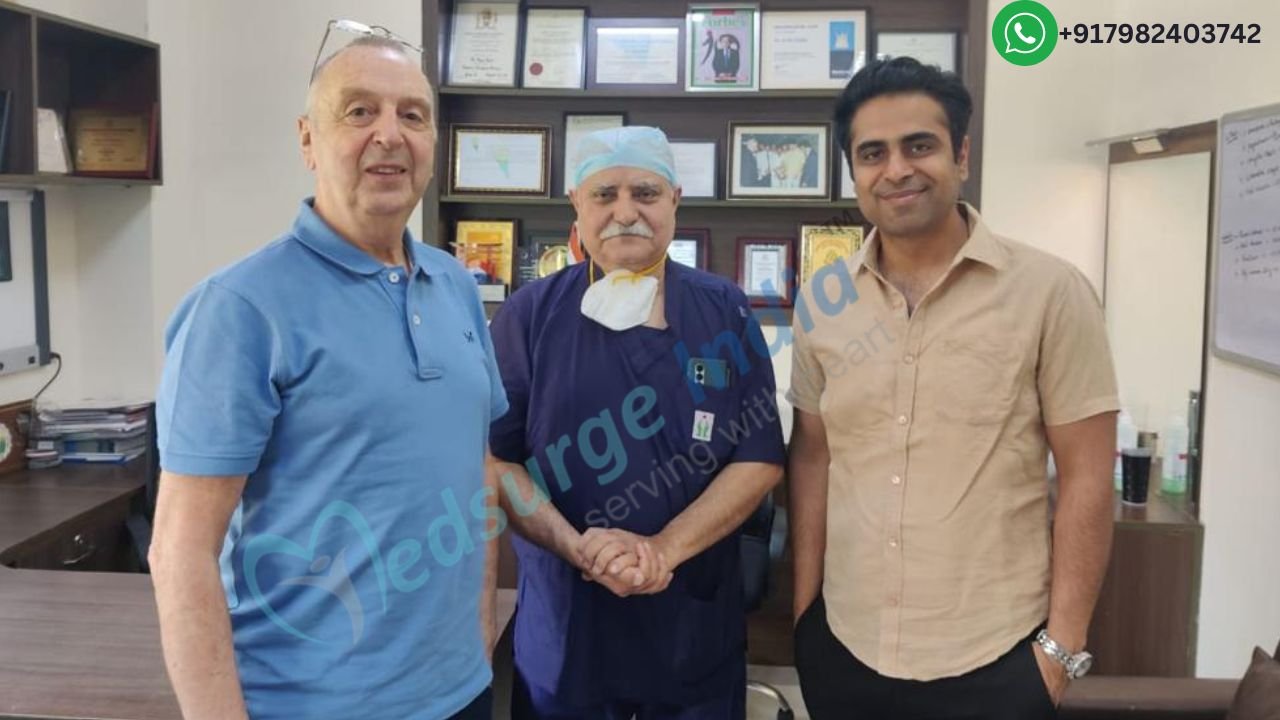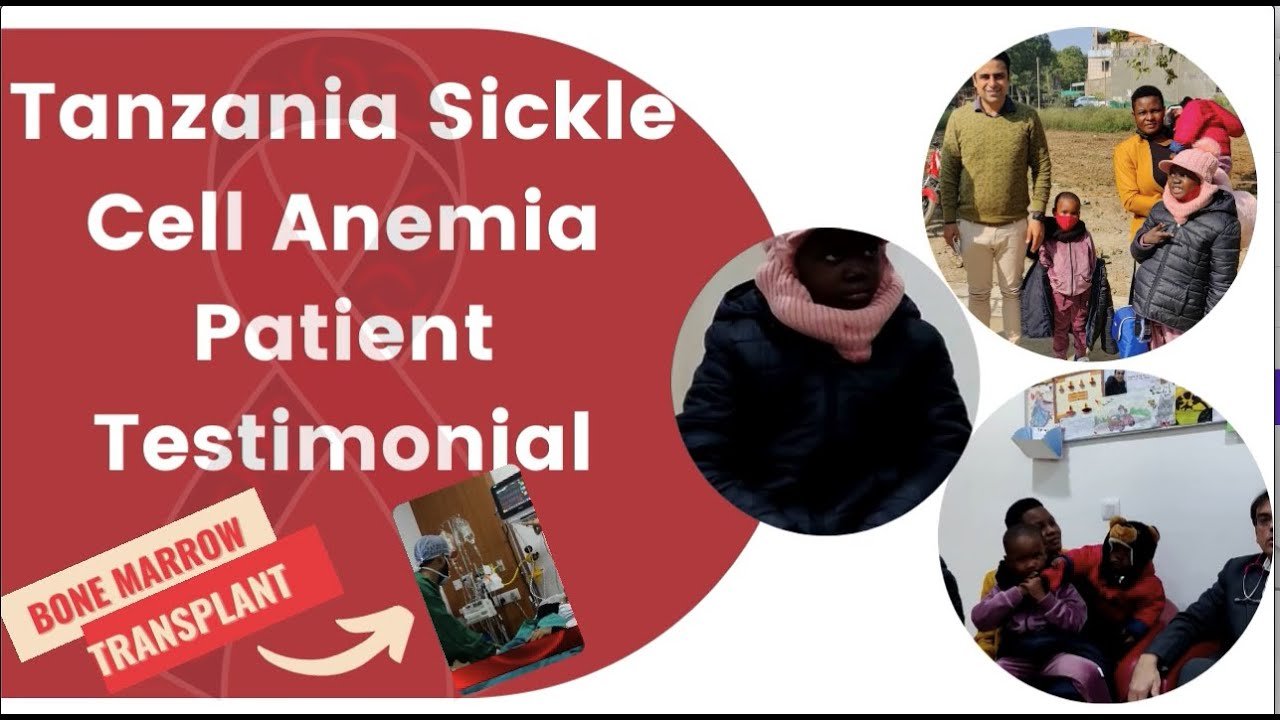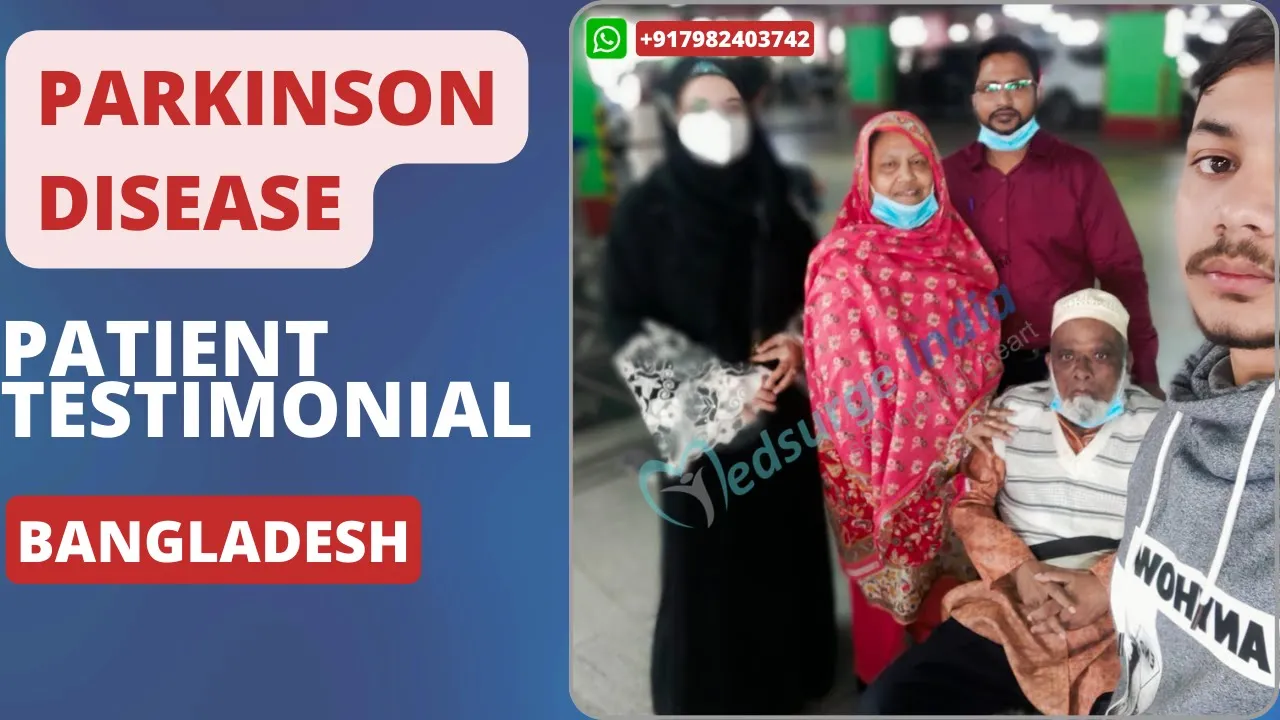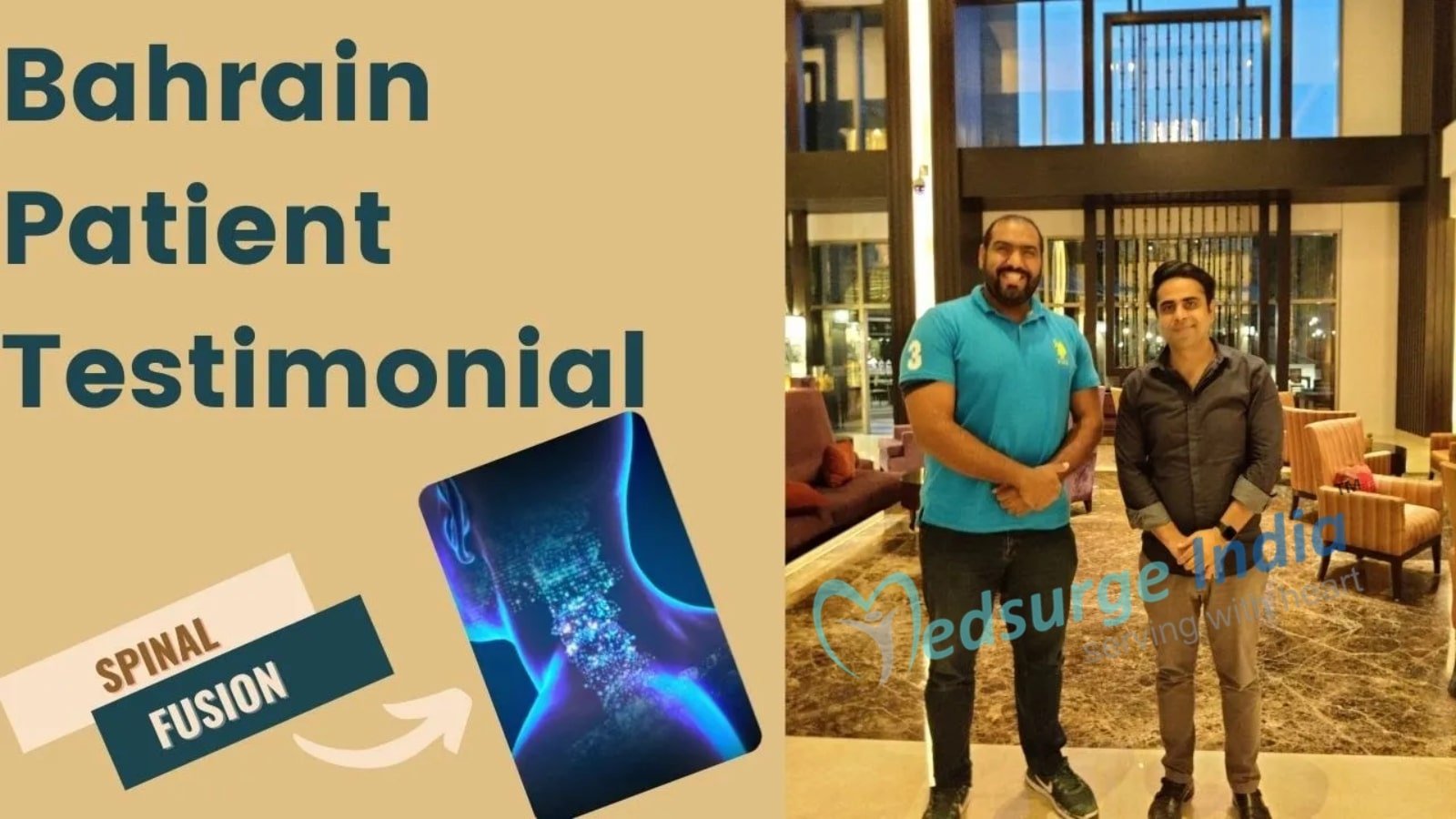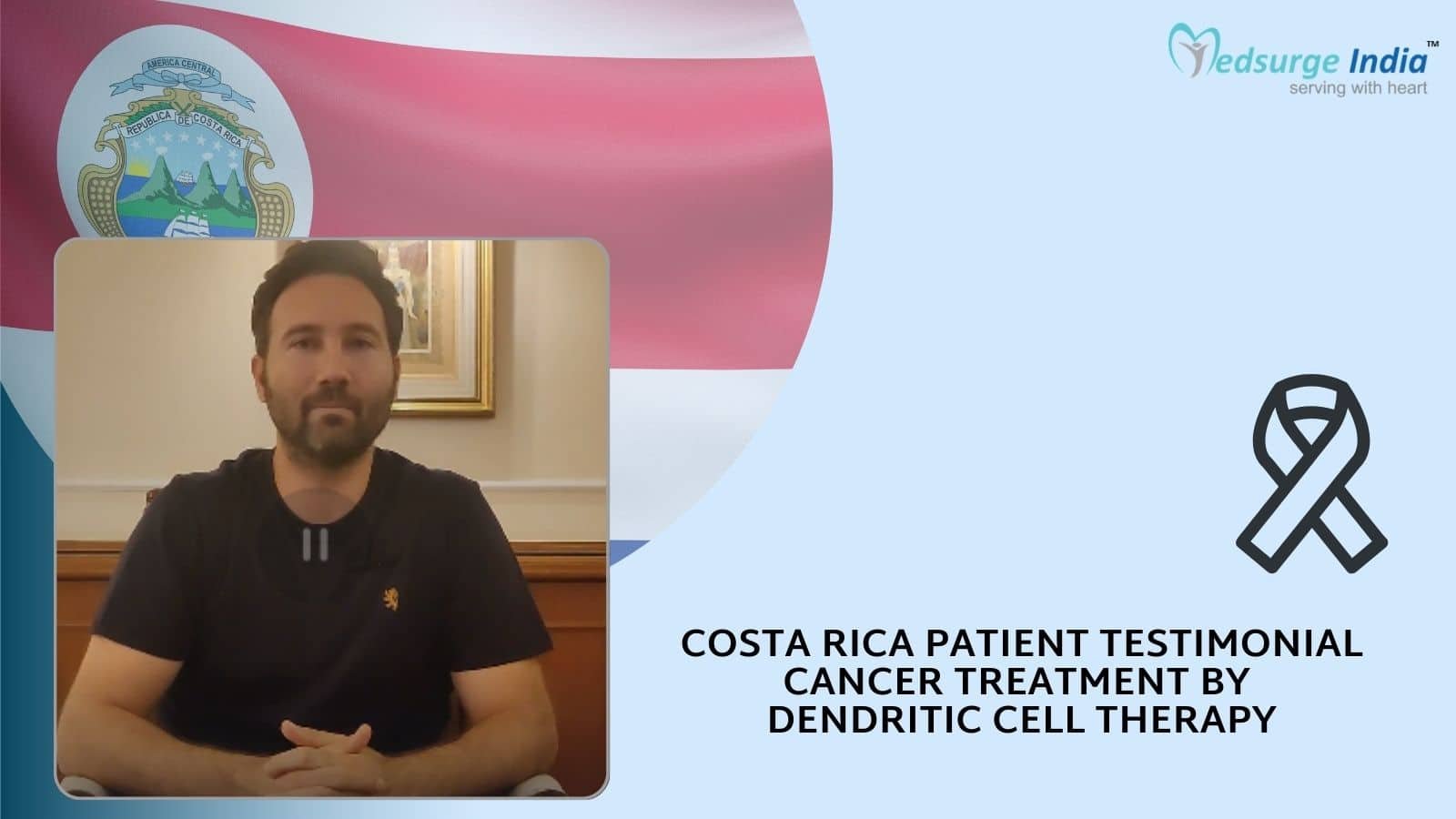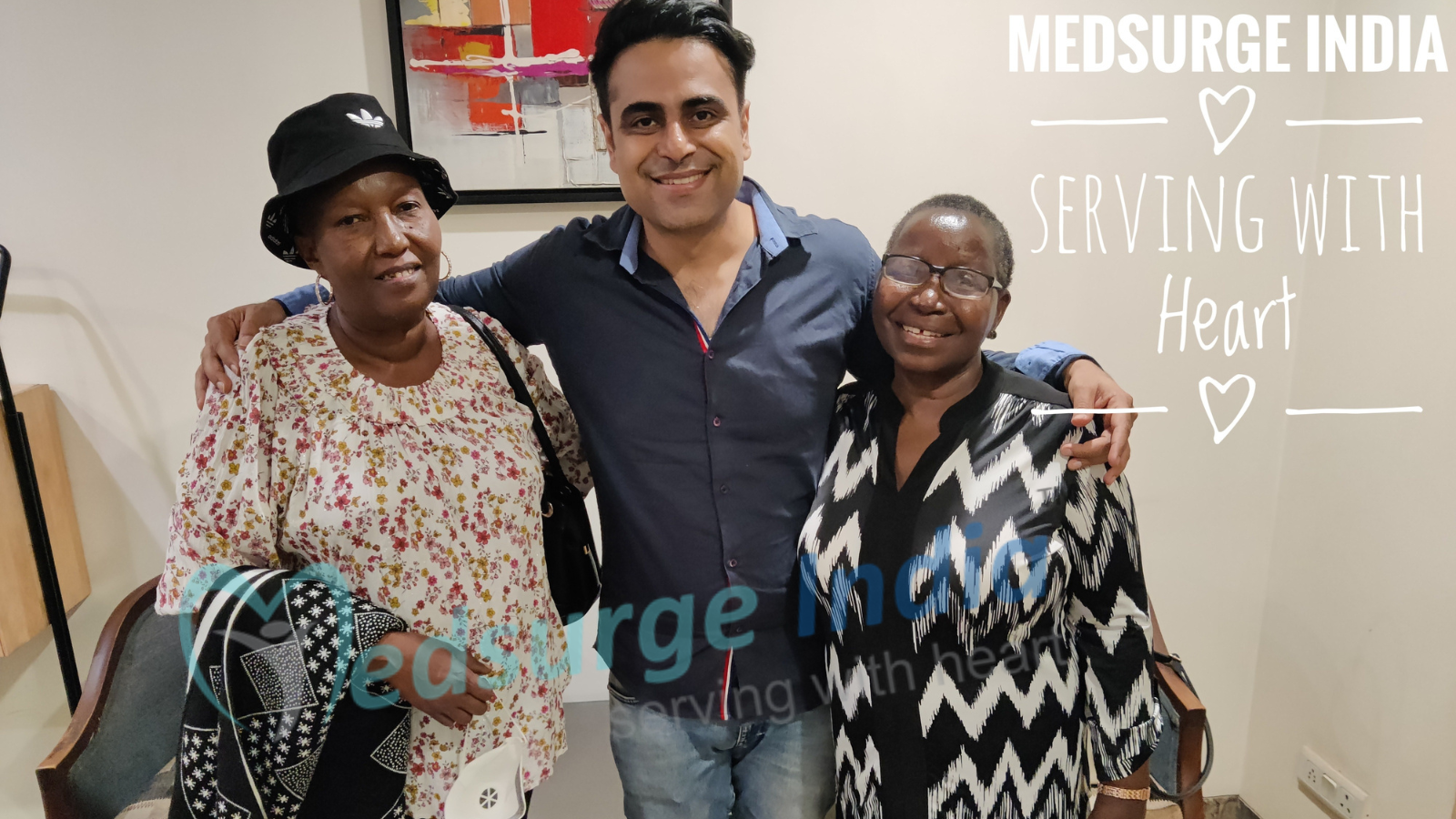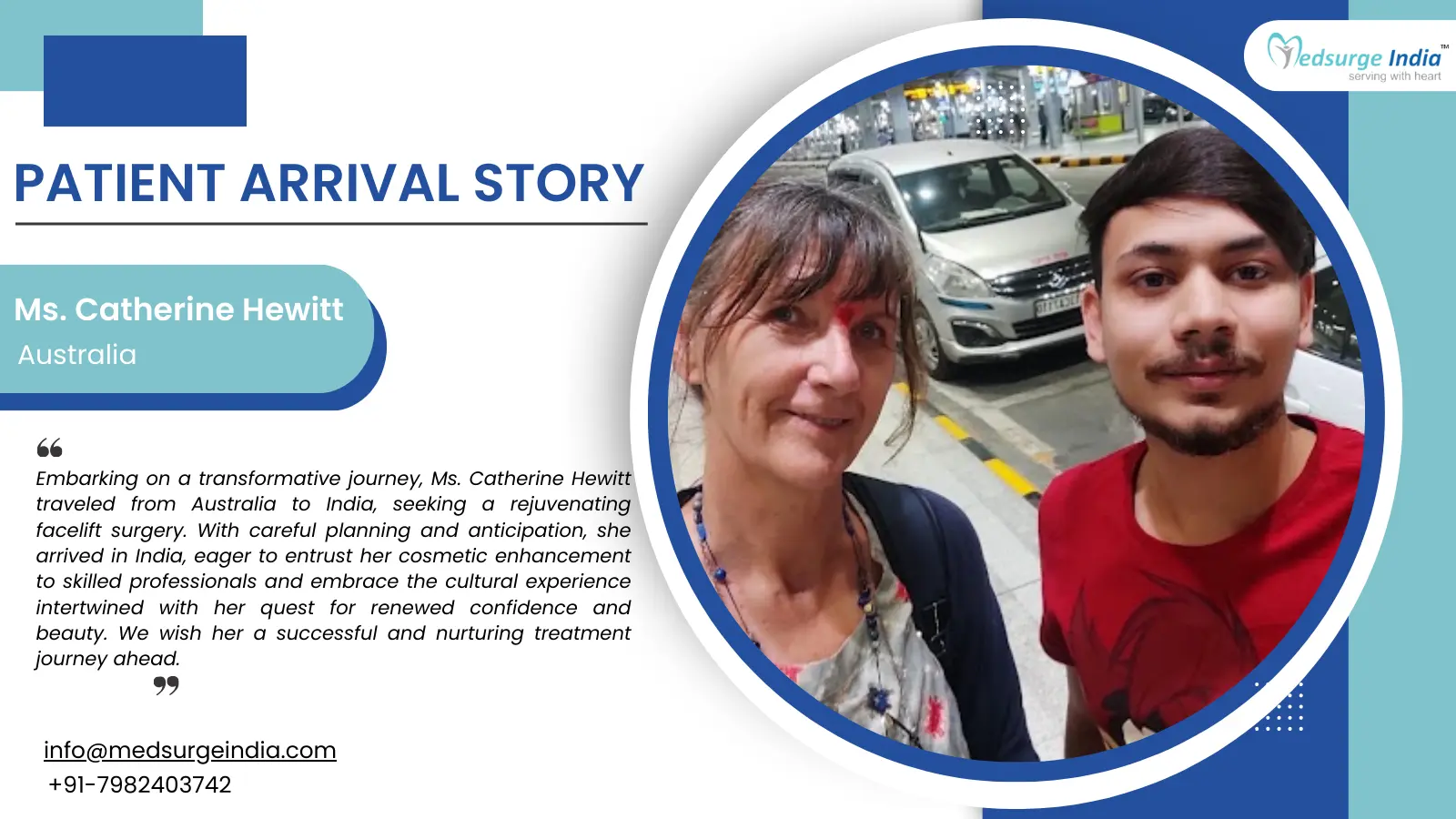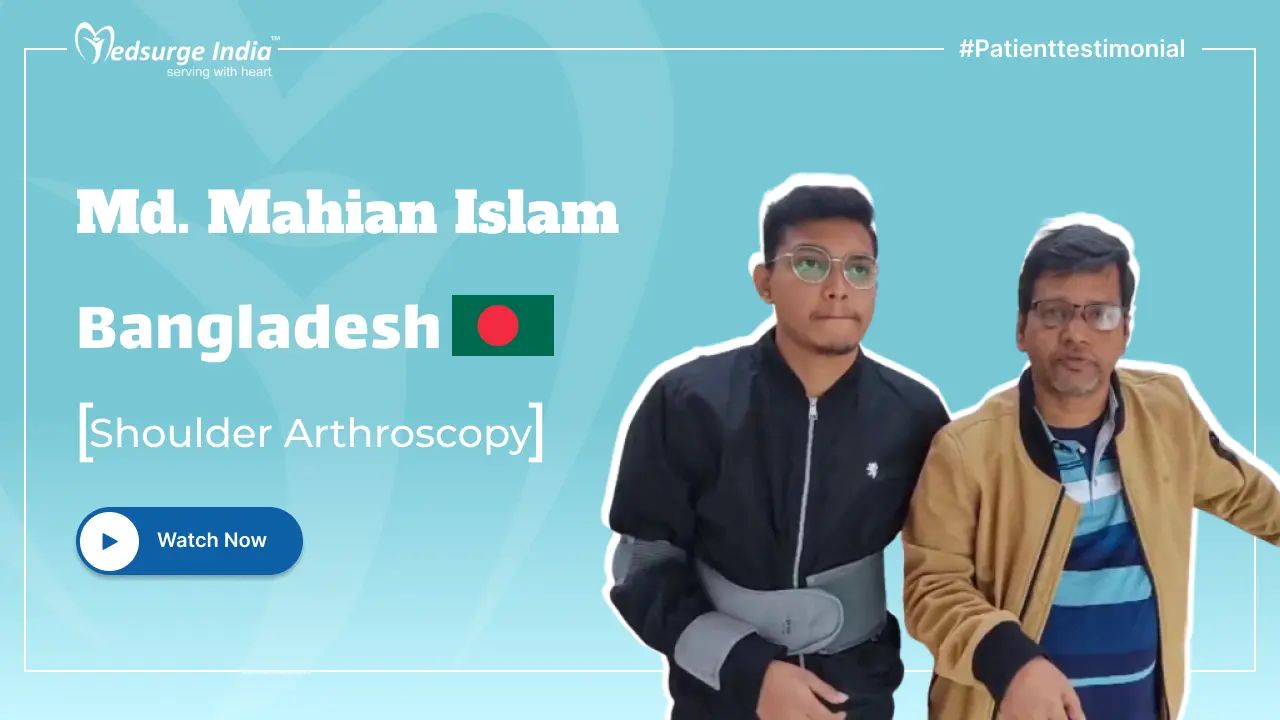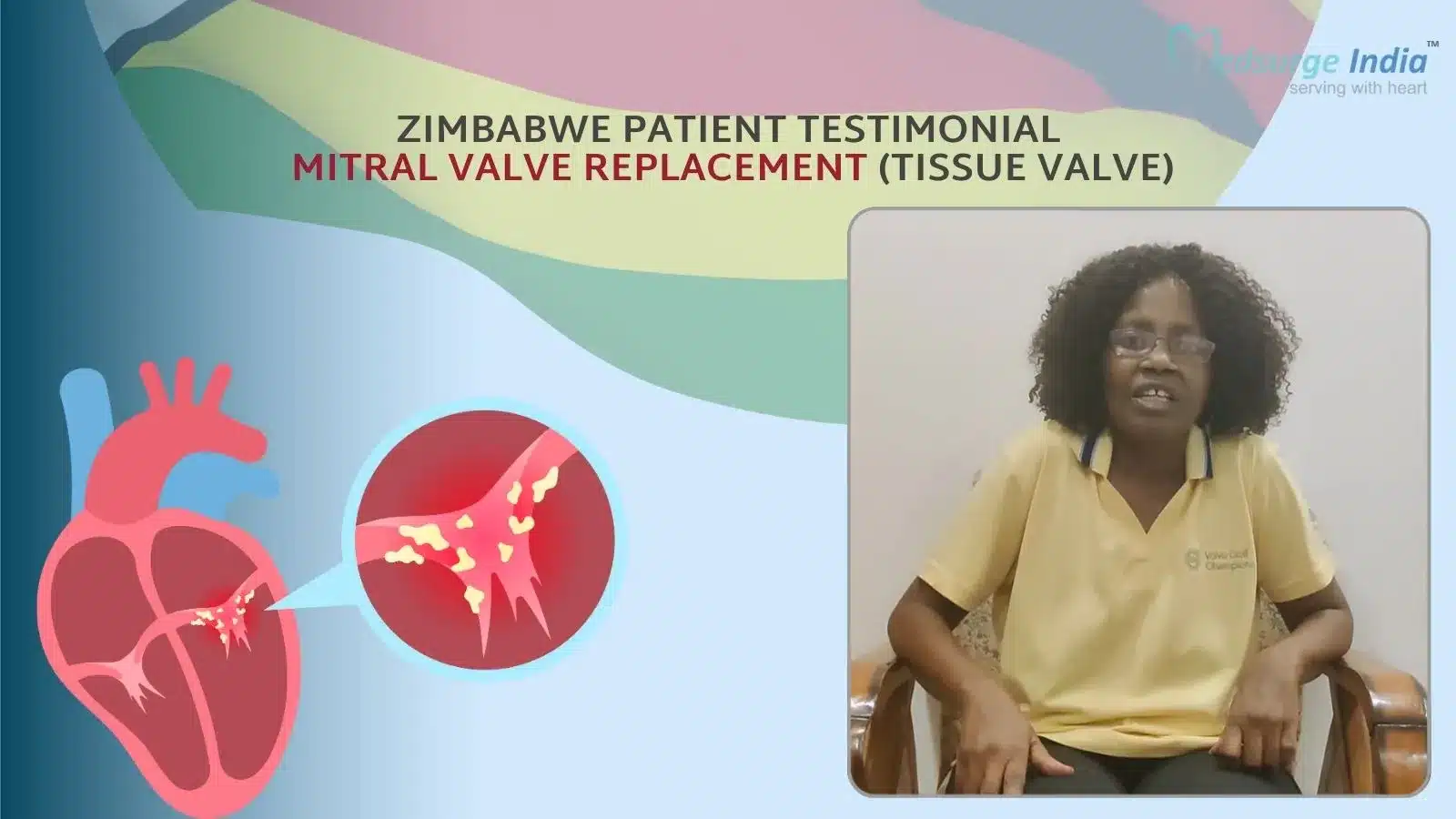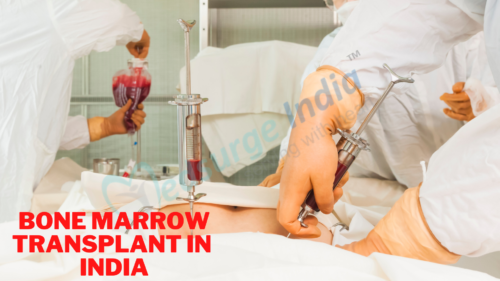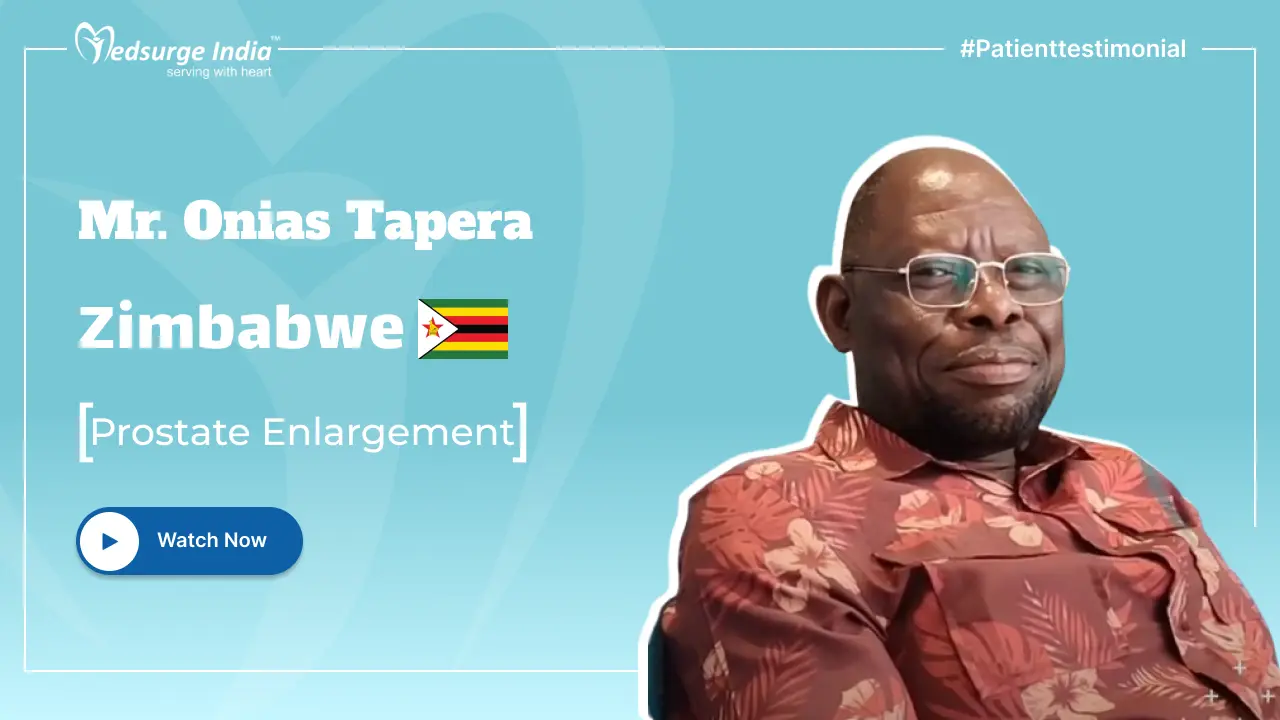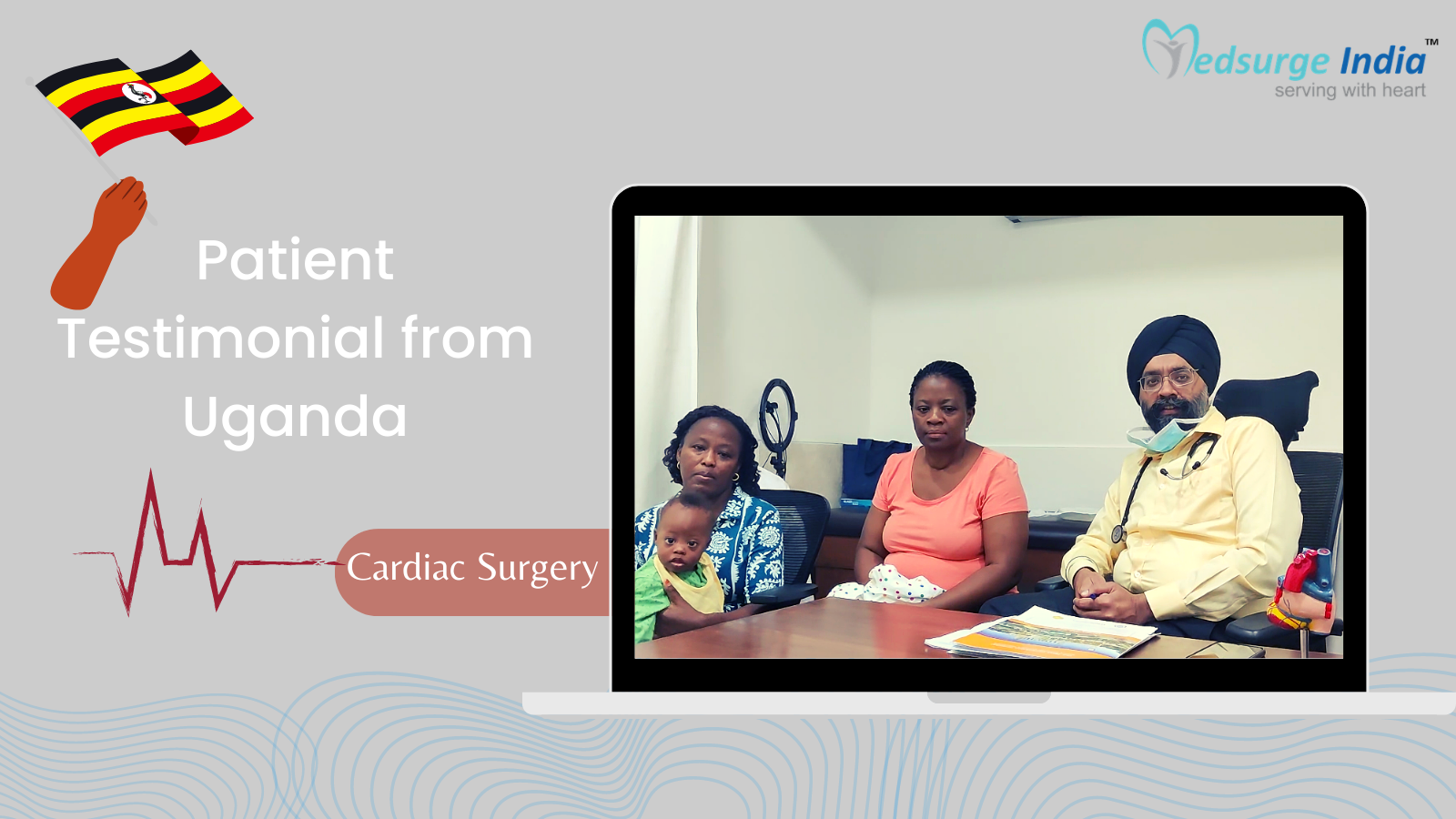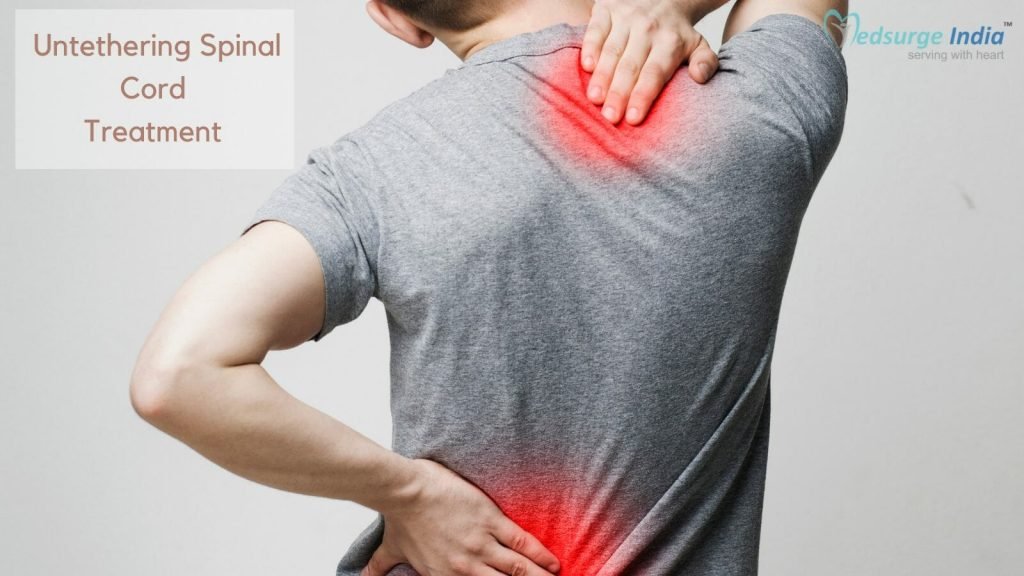
A tethered spinal cord is a type of neurological condition in which the spinal cord’s movements are restricted by tissue attachments to the spinal canal. The symptoms of a tethered spinal cord include severe backache, shooting pain in the legs, lack of bowel control, and leg muscle spasms. Untethering spinal cord treatment in India is done to release the spinal cord from the spinal canal. The best option is to work with a group of neurosurgeons who specialize in the surgical treatment of tethered spinal cords.
To diagnose and treat the tethered spinal cord, the doctor will most likely use an MRI. The untethering spinal cord treatment cost in India is quite affordable as compared to other European and western countries. According to reports, the success rate of tethered spinal cord surgical treatment is over 80%, with a complication rate of roughly 9%.
What Is Tethered Cord?
The bundle of nerves that control leg movement and sensation, as well as bladder function, is found in the spinal cord. The spinal cord typically divides into small nerve roots at the L2 vertebral body. Tissue and fat, as well as other body parts that do not belong near the spinal cord, can become connected to the spinal cord throughout development. The tissue can sometimes inhibit the normal development of the spinal cord, causing issues with urination and limb paralysis. In the majority of cases, there are no complications at birth. The abdominal connection, on the other hand, stretches and damages the spinal cord as the body expands. A tethered spinal cord is a medical term for this situation. If your child is not treated, he or she may suffer nerve damage as they grow. Surgery can be used to cure the problem and avoid further nerve damage.
What Are the Sign and Symptoms of Tethered Cord?
The following are some of the signs and symptoms of a tethered cord:
- A toe that is twisted
- Above the gluteal crease, there’s a dimple (the crease in the buttocks)
- Long hair (more than 1 inch) grows over the spine on the back
- Between the buttocks, there is a crooked crease
- The lower back has a lump
- Stumbling or abnormalities in walking style
- Legs or back pain or tingling
- The spine’s curvature
- The trouble with bowel or bladder control, such as toilet training difficulties in a toddler, keeping a dry diaper with an infant, losing control in a toilet-trained child, or not being able to retain urine until you get to the restroom
Untethering Spinal Cord Treatment Cost in India
The average Untethering Spinal Cord Treatment Cost in India starts from USD 8,500, the cost of the treatment will vary depending on carious factors.
Estimated prices depending on different cities in India
| Cities | Starting Price |
| Delhi | USD 8,500 |
| Gurgaon | USD 8,500 |
| Noida | USD 8,500 |
| Mumbai | USD 9,000 |
| Hyderabad | USD 8,500 |
| Chennai | USD 8,500 |
| Kolkata | USD 8,500 |
| Bangalore | USD 9,000 |
Please keep in mind that prices of Untethering Spinal Cord Treatment Cost in India will vary depending on various factors.
Factors That Can Affect Untethering Spinal Cord Treatment Cost in India
The standard and grade of medical care and amenities are comparable to those of the most prestigious healthcare facilities in the world, even when the expense of lodging, meals, and transportation is taken out. The following here are some variables that can affect Untethering Spinal Cord Treatment Cost in India:
- Medication costs.
- Duration of treatment.
- Geographical location.
- Hospitalization expenses.
- Government policies and subsidies.
- Medical tourism packages.
- Hospital reputation and infrastructure.
- The expertise and experience of medical professionals.
- The type and frequency of diagnostic procedures.
- The choice of treatment modality.
Under the direction of the most skilled physicians, Medsurge India provides patients with the lowest Untethering Spinal Cord Treatment Cost in India.
How Diagnosis of a Tethered Spinal Cord is Done?
One or more tests may be required to confirm the diagnosis of the tethered spinal cord as mentioned below:
- MRI: A diagnostic technique that provides three-dimensional images of bodily components using powerful magnets and computer technologies; can show the spinal cord, nerve roots, and surrounding areas, as well as enlargement, degeneration, and displacement.
- Myelogram: It is an x-ray of the spinal canal taken after a contrast material has been injected into the thecal sac; it can reveal strain on the spinal cord or nerves produced by a tethered spinal cord. After a myelogram, a CT or CAT scan can be utilized to illustrate how the dye moves around the spinal cord and nerves.
- Ultrasound: Where the transducer (a handheld device that directs high-frequency sound waves to the spine) is to be implanted, a water-soluble gel is applied to the skin. The gel aids in sound transmission to the skin’s surface. The ultrasonography is activated, and images of the moving spinal cord in the thecal sac are obtained.
Get Free Cost Estimation
Procedure
What Are the Treatment options available for Untethered Spinal Cord?
Within the spinal canal, a normal spinal cord hangs and moves freely up and down as it grows, bends, and stretches. Because it is attached to the spinal column, a tethered spinal cord is unable to move. It is pulled tightly near the end, and the stretching and decreasing blood flow may cause damage to the spinal cord. A lumbar laminectomy (surgery) to free the tethered cord is the most common treatment for the tethered spinal cord in India. The following is a typical treatment strategy for a tethered spinal cord:
Neuromonitoring
During surgery, neurosurgeons use advanced neuromonitoring. This allows them to keep an eye on your child’s nerves and muscles in the lower body. It aids neurosurgeons in avoiding future nerve damage in your child.
Laminectomy
Neurosurgeons perform a surgery known as a laminectomy to release the spinal cord. They take out one or more sections of the spine’s bones (vertebrae). They may now access the spinal cord, spinal nerve roots, and the thecal sac that surrounds the spinal cord.
The spinal cord is then gently sliced or teased away from the scar tissue or fat by the neurosurgeons. During surgery, neurosurgeons utilize a microscope to help them visualize the area. After the spinal cord has been released, neurosurgeons may put a patch on the spinal cord’s covering (dura mater). This reduces the risk of cerebrospinal fluid (CSF) leakage.
Other Surgery
Untethering is usually done only if there are clinical signs or symptoms of deterioration. The procedure entails opening the scar from the previous closure all the way down to the dura that covers the myelomeningocele. To gain better exposure or decompress the spinal cord, a small portion of the bony vertebrae (laminae) is sometimes removed. The dura is then gradually peeled away from the scarred attachments to the surrounding dura, exposing the spinal cord and myelomeningocele. The dura and the incision are closed once the myelomeningocele is free of all scarred attachments.
Within a few weeks, the child should be able to resume normal activities. The extent and duration of preoperative effects determine the recovery of impaired muscle and bladder function. This operation has a cumulative complication rate of 1-2 %. Infection, hemorrhage, and injury to the spinal cord or myelomeningocele, which can result in diminished muscle strength, bladder or bowel function, are all possible complications. Many children only need to be untethered once. Because tethering symptoms might develop during phases of growth, 10-20% of children with this disease require multiple surgeries.
How Surgery for Tethered Spinal Cord is Performed?
Tethering Surgery of Spinal Cord in India involves the following steps:
- Needles are inserted into the lower body to monitor nerve function even as the child is asleep.
- Over the lower back, an incision is created in the skin.
- The bone is raised above the tethered portion of the spinal cord ( Laminoplasty)
- Making a small incision in the dura mater, which protects the spinal cord.
- Tethering lesion release can be simple or difficult, taking many hours of dissection under the microscope. Occasionally, surgeons will use a laser to slice tissue away from nerves.
- The dura or available tissue is closed over the spinal fluid.
- Putting the bone back in place and securing it (laminoplasty)
- Muscle and skin closure
- Putting on a bandage
Surgery for a tethered spinal cord can avoid permanent nerve damage in the future, which can have a significant impact on a child’s bladder and leg function, as well as their quality of life.
Re-operation for Tethered Cord
Following surgery, a follow-up MRI is generally conducted. A re-tether for certain types of tethered cords can occur years after the original surgery, producing radiating leg pain, persistent back pain, or bladder difficulties. This scenario may necessitate further surgery.
Prevention
Move carefully and gently stand up. Wear supportive footwear and avoid going barefoot. Inquire about walking assistance like a cane or walker. Railings or nonslip cushions may be installed in your home, particularly in the bathroom.
Recovery and Care
- After the operation, your kid will be kept in the recovery area until they are awake and ready to be transferred to the ward.
- Unless the surgeon instructs differently, they must lie flat for 24-48 hours (although they may shift from side to side and onto their tummy).
- Nurses on the ward will help with toileting, pain treatment, and pressure area care, and will keep a close eye on your child’s recovery.
- While your child must remain flat, a tube may be put in their bladder to drain urine.
After surgery, most children will spend 5-7 days in the hospital. It will be necessary to keep the wound clean and dry. Any leakage from the wound or evidence of infection must be reported to the doctors as soon as possible while in the hospital and/or after being discharged. Before you go home, the wound will be examined by doctors and new dressings will be applied. A physiotherapist will check your kid during their hospital stay to ensure that they are safe to move around and to answer any questions you may have.
The Most Important Frequently Asked Questions
Q: Is It Possible to Walk with a Tethered Cord?
A: Tethered cords might make it difficult to control your urine, bowels, or walk. Surgery (an operation) to release the stretching of the spinal cord may be used to treat a tethered cord. Your child will most likely spend a week in the hospital.
Q: How Long Does Tethered Spinal Cord Surgery Take?
A: It takes two to four hours to complete the process. A normal hospital stay after a tethered cord release lasts four to seven days, depending on the child’s circumstances. Your child will most likely be admitted to the Neurosciences Unit if they undergo the treatment. After surgery, individuals must lie flat in bed for 24 to 72 hours.
Q: Is It Risky to Have Tethered Cord Surgery?
A: Tethered Spinal Cord Treatment
Every procedure comes with its own set of dangers. Excessive bleeding, infection, spinal cord injury, prolonged spinal fluid leakage, and anesthetic difficulties are all concerns associated with this surgery.
Q: What Happens After Tethered Cord Surgery?
A: The symptoms of most children who have tethered chord surgery do not progress or worsen. It’s impossible to say whether or not your child’s current symptoms will go away. Back pain and leg pain or numbness are frequently the first to improve, followed by bladder and bowel problems.
Q: Is It Possible for a Tethered Cord to Produce Constipation?
A: Spina bifida, tethered cord, and spinal cord tumors can cause severe constipation in children. Urinary problems are frequently observed in these situations.
Top Hospitals for Untethering Spinal Cord Treatment in India
Top Doctors for Spine Surgery
Dr. Sajan K Hegde
Senior Consultant
Experience: 34 years of experience
Apollo Hospitals, Greams Road, Chennai
Chennai, India
Dr. Rajagopalan Krishnan
Senior Consultant , MBBS, MS, FRCS
Experience: 25 years of experience
Indraprastha Apollo Hospital, New Delhi
New Delhi, India
Dr. Vidyadhara S.
HOD
Experience: 21 Years of experience
Manipal Hospital (Old Airport Road) Bangalore
Bangalore, India
Dr. Vikas Tandon
Senior Consultant
Experience: 23 Years
Indian Spinal Injuries Center, New Delhi
New Delhi, India
Dr. Vineesh Mathur
Director , MBBS, MS, DNB
Experience: 28 years of experience
Medanta - The Medicity, Gurgaon
Gurgaon, India
Dr. Neeraj Gupta
Consultant
Experience: 20 Years
Indian Spinal Injuries Center, New Delhi
New Delhi, India
Dr. H. S. Chhabra
Chief of Spine and Rehabilitation Centre
Experience: 32 Years
Sri Balaji Action Medical Institute, Delhi
Delhi, India
Dr. Ankur Nanda
Senior Consultant
Experience: 20 Years
Indian Spinal Injuries Center, New Delhi
New Delhi, India
Dr. Gururaj M
Senior Consultant
Experience: 15 Years
Indian Spinal Injuries Center, New Delhi
New Delhi, India
Dr. Saransh Gupta
Consultant
Experience: 17 Years
Indian Spinal Injuries Center, New Delhi
New Delhi, India



